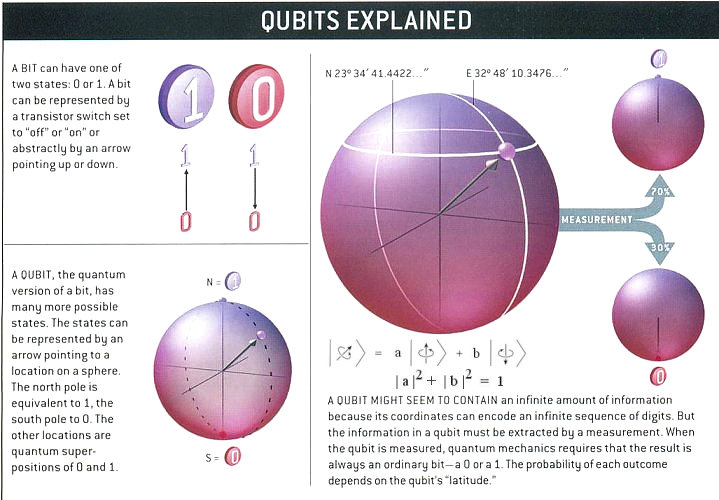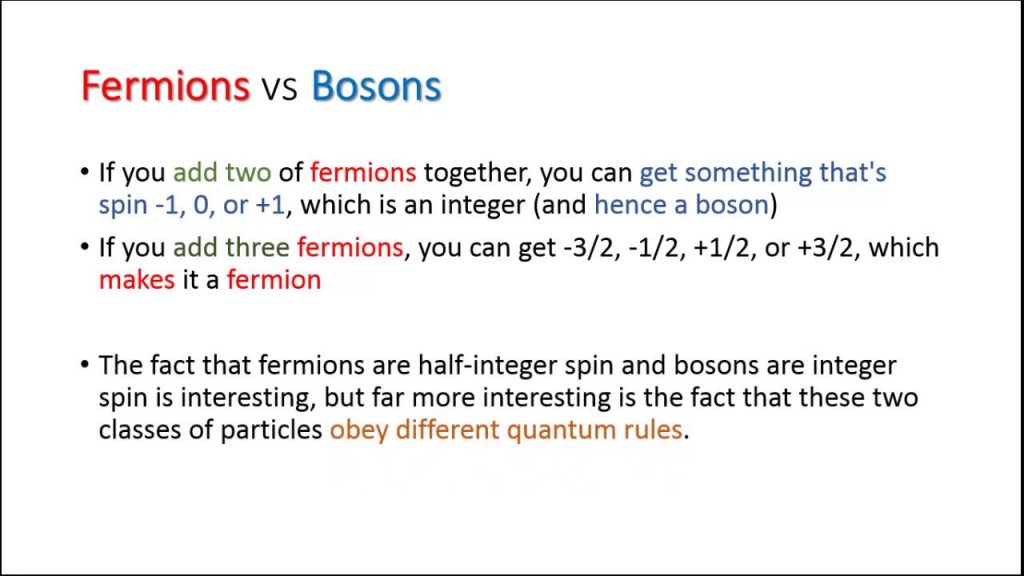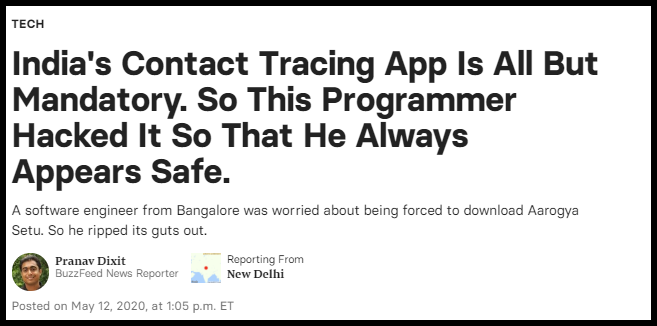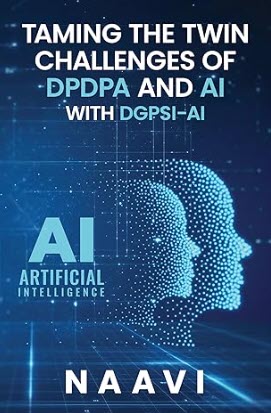The High Court of Gujarat in the election petition 3/2018 (Ashwinbhai Kamsubhai Rathod Vs Bhailalbhai Kalubhai Pandav and others) had an occasion to appreciate the CCTV footage as evidence.
This was a case where the petitioner had lost the election by a narrow margin which was less than the number of rejected postal ballot votes. The petitioner contested that the had asked for a recount which was refused and the returning officer had not followed proper procedure.
He had submitted the CCTV footage which showed that a form (supposed to be the request for recount) which was handed over to the returning officer. These facts as to the content of the electronic evidence came for discussion in the trial and the CCTV footage was relied upon for establishing these facts.
The CCTV footage however was not supported by Section 65B certificate and the defendant had relied upon Shafi Mohammed judgement . The respondent had rejected the reliance on Shafi Mohammed judgement and had cited (under para 19.1) the following:
19.1 It is submitted that the CCTV footage and DVD (Exh.56, 57 and 110) can not be taken into consideration. It is submitted that those documents are the electronic documents and the requirement of Section 65B of the Indian Evidence Act would come in play, which is not fulfilled in the present case. It is submitted that, the decision of the Supreme Court of India in the case of Shafhi Mohammad Vs. State of Himachal Pradesh reported in (2018) 2 SCC 801 as relied by the petitioner, is not a good law on the question of admissibility of the electronic document, but the correct law on that point can be traced in the decision of the Supreme Court of India in the case of Anvar P.V. Vs. P.K.Basheer reported in (2014) 10 SCC 473. It is further submitted that, by the subsequent order of the Supreme Court of India (dated 26.07.2019) recorded on Civil Appeal Nos.20825 & 20826 of 2017 and cognate matters, the said issue is referred to the Larger Bench of the Supreme Court. The following authorities are relied on behalf of the respondent No.2 to contend that, it is the decision of the Supreme Court of India in the case of Anvar P.V. Vs. P.K. Basheer reported in (2014) 10 SCC 473 which should be followed and not the decision in the case of Shafhi Mohammad Vs. State of Himachal Pradesh reported in (2018) 2 SCC 801 as relied by the petitioner. In support of this argument, reliance is placed on the following decisions of the Supreme Court of India.
(i) Anvar P.V. vs. P.K. Basheer, reported in (2014) 10 SCC 473.
(ii) Shafhi Mohammad vs. State of H.P., reported in (ii) (2018) 2 SCC 801 & (2018) 5 SCC 311.
(iii) Vikram Singh @ Vicky Walia vs. State of Punjab, reported in (2017) 8 SCC 518.
(iv) Ramanbhai Ashabhai Patel vs. Dabhi Ajitkumar Fulsinji, reported in (iv) AIR 1965 SC 669.
(v) Vashist Narain Sharma vs. Dev Chandra, reported in (v) AIR 1954 SC 513.
(vi) P. Ramachandra Rao vs. State of Karnataka, reported in (vi) 2002(2)GLH 518.
(vii) Rattiram vs. State of Madhya Pradesh, reported in (vii) (2012) 4 SCC 516.
(viii) Pradip Buragohain vs. Pranati Phukan, reported in (viii) (2010) 11 SCC 108.
The judgement accepted this contention and clearly rejected the precedence of the Shafi Mohammed judgement by the following words. (Para: 50.1)
“it is the correct proposition of law, and the decision of the Supreme Court of India in the case of Shafhi Mohammad Vs. State of Himachal Pradesh (Supra), as relied by the petitioner, should not be taken into consideration as it is not a good law. This argument of the learned senior advocate for the respondent No.2 is accepted.”
The Court however went on to accept the electronic evidence on two other grounds. Firstly the Court had allowed the CCTV footage to be shown to the Court. Secondly, it also relied on the oral evidence of one of the witnesses based on the electronic evidence. (Para 50.2.2, 50.3.1 etc).
It is our considered view that the honourable Court erred on these two considerations.
Effect of the Judge viewing an Electronic Evidence as his own Experience
When the Court allows the CCTV footage to be played in the Court and on the basis of which it is admitted as evidence without the mandatory Section 65B certificate, the Judge is himself taking on the role of the Section 65B Certifier stating to the effect that
“What I saw on the computer monitor
(which is organized by the Court, which uses some operating system, some configuration, some application etc, and which interprets the stream of binaries in the electronic container marked as a ‘DVD-exhibit no.xxx’ )
is a true fact of an event that the DVD capture represents.
I also accept that this is the binary stream originally captured by the CCTV camera
(when it scanned the scenery and recorded the pixel status on an imaginary screen in the form of binary notations which the video converter is now showing as black,white or grey pixels on the screen in the Court’s computer which all of us are seeing as one person handing over a form to another person etc.”
The honourable Judge taking this stand has put himself in the capacity of a witness and vitiated the quality of the judgement by giving the judgement based on his own witness.
Oral Evidence as to Electronic Document
Secondly, under para 50.3.3 and others it is indicated that the Returning officer who gave evidence on the witness box orally requested the Court to play the CCTV and appears to have also relied upon the electronic evidence of the CCTV footage. This is contrary to Section 22A of the Indian Evidence Act.
Section 22A states:
“Oral admissions as to the contents of electronic records are not relevant unless the genuineness of the electronic record produced is in question”.
What this implies is that when the issue is “What is contained in the record” and not “Whether the record is genuine or not”, oral statement is not to be considered acceptable. Hence deciding whether a form was given or not, whether it was returned or not, whether that form was a request for recounting or not are interpretations of the content and the returning officer providing oral evidence on the same was not correct.
In view of the above, the CCTV footage ought not to have been admitted as evidence.
The Court however had the right to use any other evidence to arrive at the fact whether the procedure followed by the returning officer was correct or not and whether the petition had to be upheld or rejected. We have no view on this.
What Could have been done
In such cases the Court could have permitted Section 65B certificate to be produced even at the time of the trial and then taken it in as evidence as a Section 65B certified copy. Such certification could have been provided by whomsoever is in the custody of the DVD at the election commission.
If the original DVD is one which is before the Court and is certified as such without any certification of the contents of the DVD, the Court could have accepted the “DVD” as a container of the potential evidence and marked it as such. It could have then asked some observer (which could have been a Section 79A certified Digital Evidence Examiner) to view the content, and provide a Section 65B certified copy of the relevant content say… “CCTV footage of date ….., time …. to ….”.
This extract could have been copied onto another media and the Secton 65B certificate could have been provided with a Digital Signature. Alternatively, the hash value of the media could have been reproduced in the print copy of the Section 65B report where a reference is made to the container and the said electronic document with perhaps some screen shots at the beginning, end and key parts of the video.
This is the procedure followed by CEAC in certifying CCTV footages and is the Standard Operating procedure in such cases.
This was also the procedure followed by the AMM Court of Egmore, Chennai in the case of “Trisha Defamation” way back in 2004, where despite a CD being available with the Court as evidence, the magistrate requested an external person (Undersigned) to produce the Section 65B certified copy of the content so that it can admit it as evidence.
This was a commendable decision of the Magistrate showing his foresight and correct interpretation of the law, though it did not get into the records because (as I am informed by concerned persons) the case was subsequently withdrawn before the full trial.
The judgement of the Gujarat High Court matter will now go to the Supreme Court and we can await the decision of the Supreme Court and its comments if any on the above points, which are of interest to us irrespective of who wins the election battle.
(P.S: These are the personal views of the author and comments and disagreements are welcome. Readers may also note that the Supreme Court has granted a stay on the verdict)
Naavi













